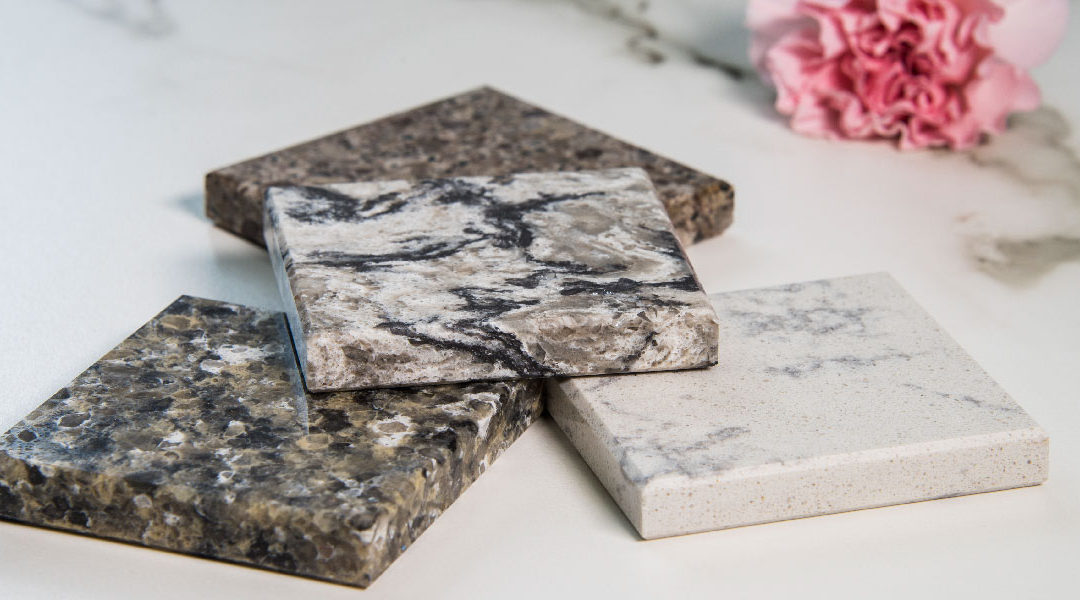From national monuments to kitchen countertops, granite is a natural stone with a multitude of uses. With a diverse appearance and durable performance, it has become a popular choice in homes across the country. But what is granite? And what is meant by the terms intrusive or extrusive? In this blog, we will dive into the composition of this natural stone and explain if granite is intrusive or extrusive.
What’s the Right Stone for You? Download Our Guide.
What is Granite?
Before we can identify intrusive and extrusive characteristics, we must first define granite. Granite is an igneous rock that forms when magma, a molten rock material found underground within the earth’s crust, cools and crystallizes. A variety of rock formations can take place depending on existing minerals, subsequent exposure to magma or lava, and the speed at which they cool.
Granite is largely comprised of feldspar and quartz with small amounts of mica and amphibole. According to petrologists, those who study rocks and how they form, these proportions may vary, but authentic granite should contain 10-50% felsic materials like mica and 65-90% feldspar.

Is Granite Intrusive or Extrusive?
An intrusive rock is formed by magma and cools under the earth’s surface at a very slow pace. This allows for large crystals to form, which can create various rocks– including granite. As the magma continues to cool, crystals will merge to form even larger rocks with varied appearances. This is why granite and other intrusive rocks contain various colors.
Unlike intrusive rocks, an extrusive rock is formed by lava above the earth’s surface. Lava cools much quicker than magma, resulting in the formation of smaller crystals that are invisible to the eye. Depending on the cooling speed, bubbles may form, which can create glass alongside the grain of the stone. Large bubbles within the glass will form scoria, small bubbles will form obsidian, and microbubbles will form pumice.
Color, temperature, and visible crystals are characteristics that make granite an intrusive igneous rock, and the natural occurrences behind its formation are fascinating. It is a durable material that can be used in both interior and exterior spaces with a variety of applications to consider.
Interested in viewing our granite options? Our knowledgeable stone experts are available to assist in choosing the right slab for your project. Contact us today!





